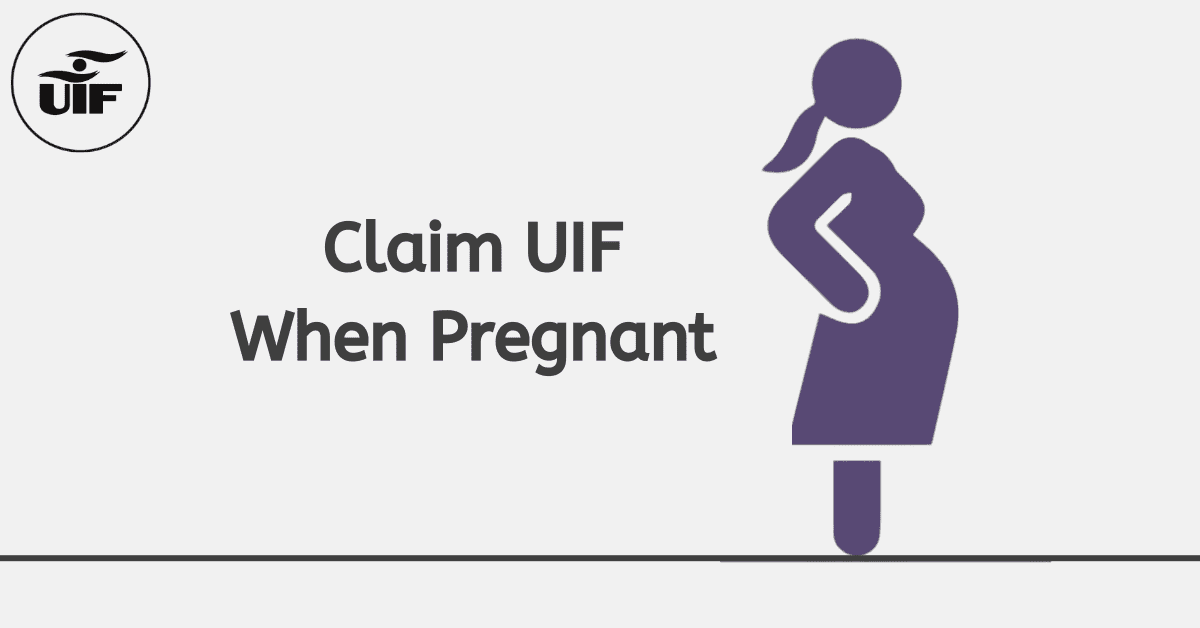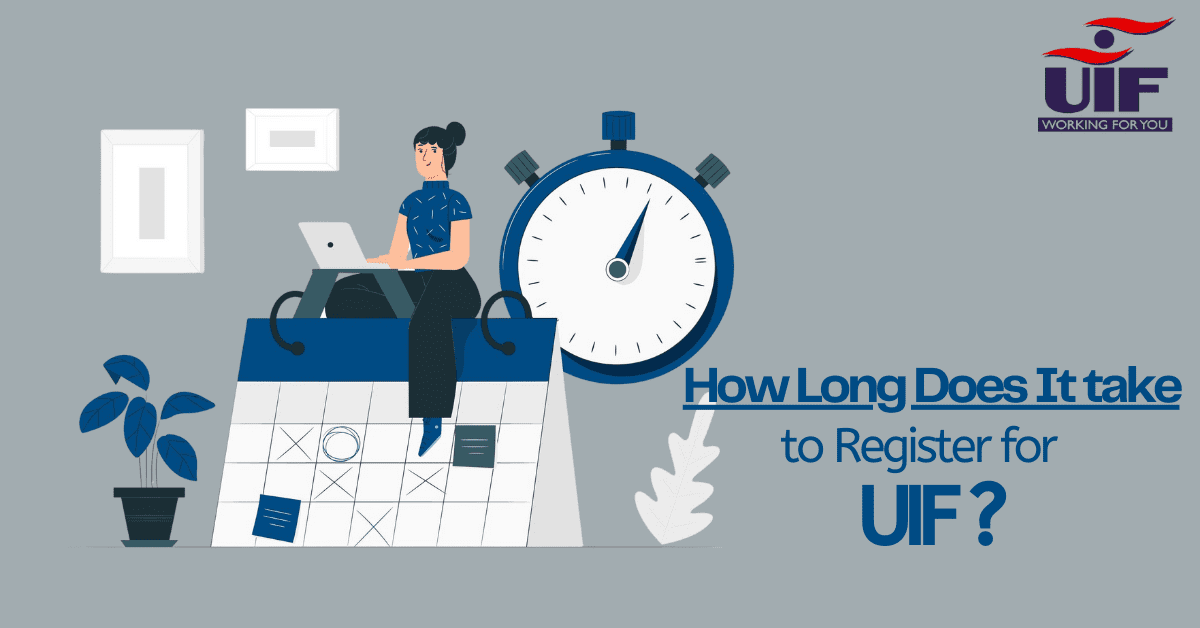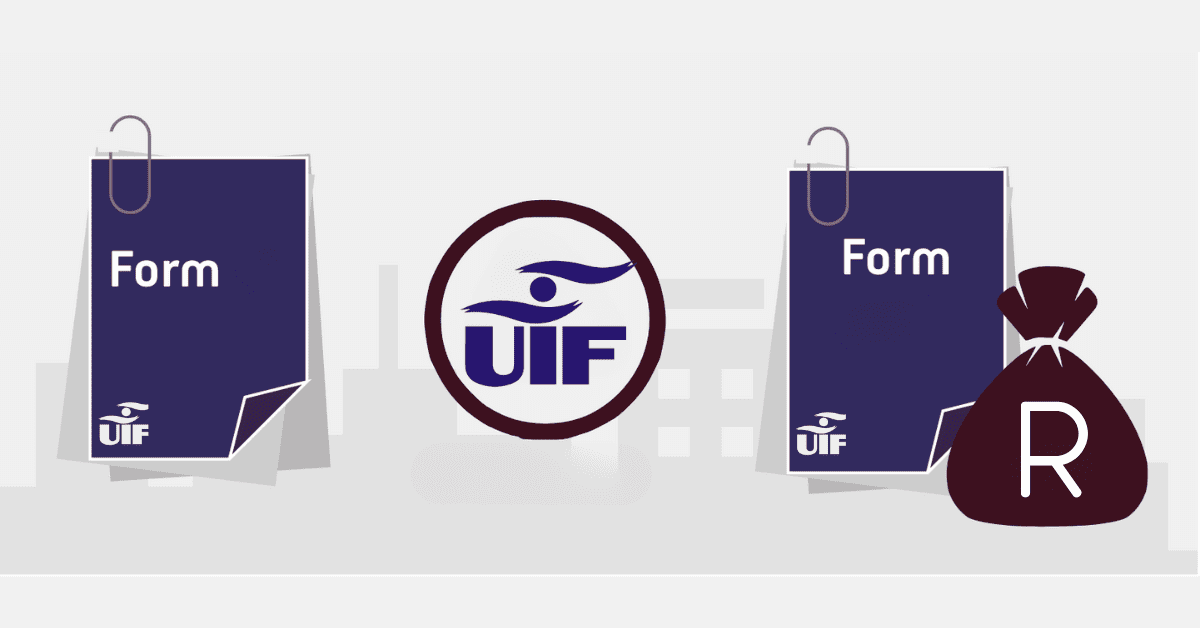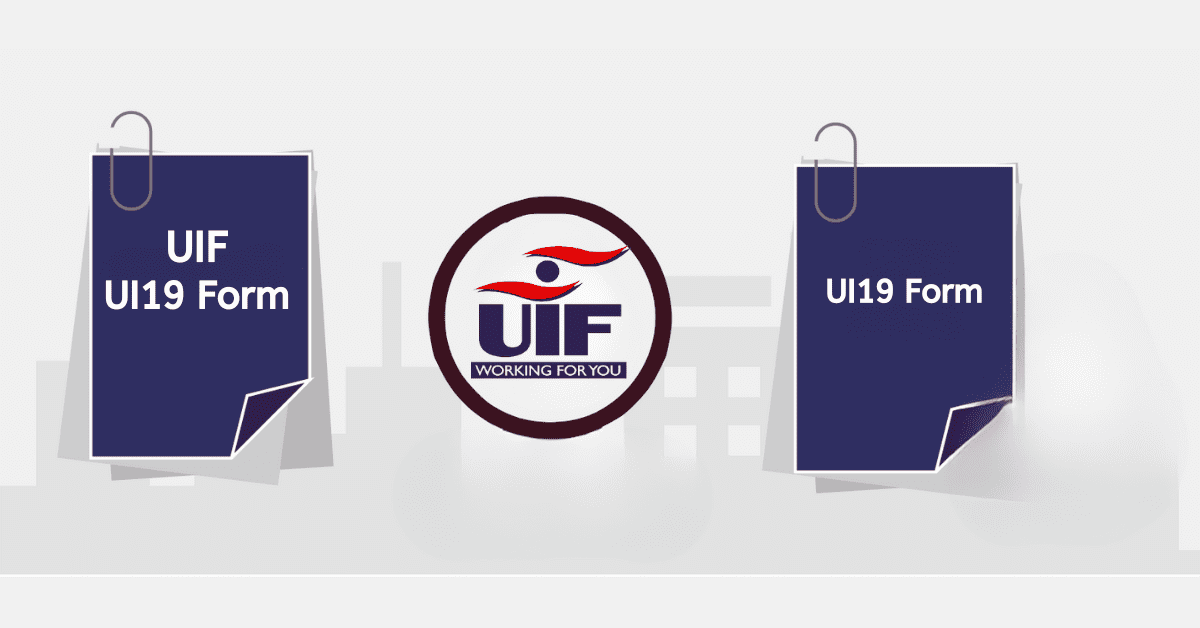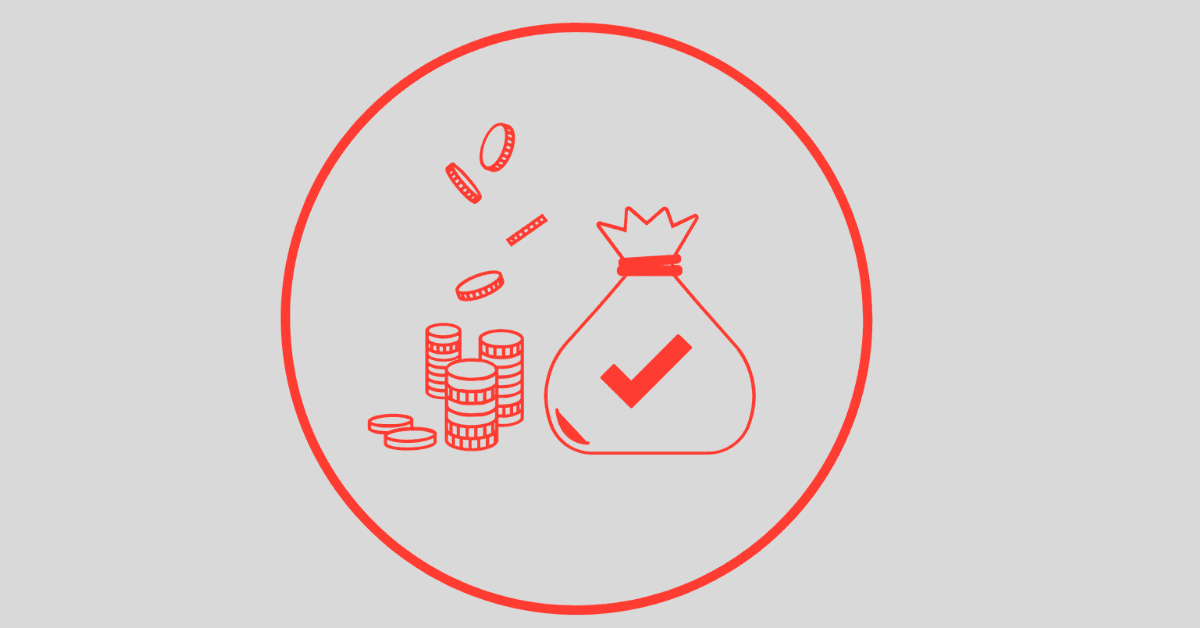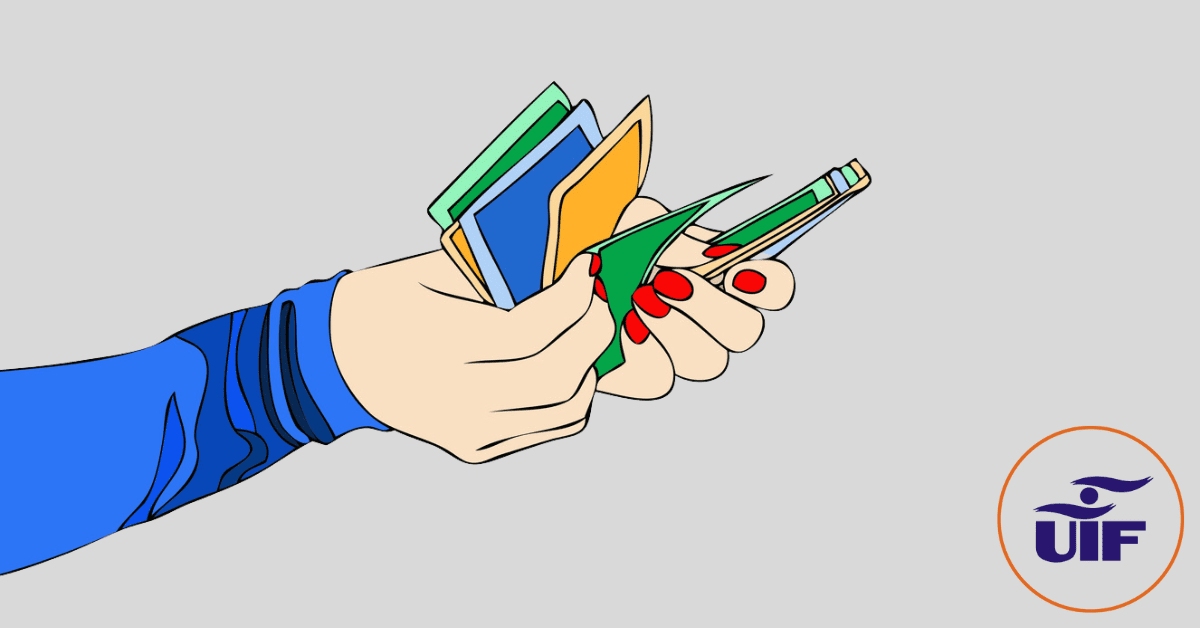Losing your job involuntarily is a bitter pill that is hard to swallow as an employee. However, if you were employed in a job with a monthly hour load of twenty-four hours or more, you can access temporary support from the South African government through the Unemployment Insurance Fund when you apply to claim your benefits.
If you would like to know the monetary value of your benefits and you still do not know how to do so, this article is a guide you will find very valuable. Read on to find out how you can check your UIF payout balance.
How to check UIF payout balance
You can check your UIF payout balance on the go through the uFiling portal. You must have a registered and active account to be able to use the portal. To check your payout balance through the uFiling portal, simply take the following steps:
- Visit https://ufiling.labour.gov.za/uif/
- Input your login details (account name and password) to log in.
- Click on the ‘Check My Balance’ option from the list that displays to the left of your screen.
- Input the captcha that displays subsequently on your screen.
- Input your UIF Reference Number
After completing the steps above, your UIF payout balance should be displayed subsequently.
How to check maternity UIF payout
You can always make a claim for a UIF maternity benefit as long as you are eligible. To be able to make claims for maternity UIF payouts, you must be ready to submit the following documents:
- Your employer must complete Form UI-19.
- A Form UI-2.7 to be filled out by your employer
- An ID with a 13-digit bar code or passport
- A Form UI-2.8 containing your banking details
- UI-2.3 Form
- Form UI-4
- A medical certificate issued by a doctor or a birth certificate
To be eligible to claim a maternity payout from the UIF, you must also have a registered account activated on the uFiling portal. The UIF allows you to claim maternity benefits as long as your child is under the age of six months.
Usually, payouts on approved maternity claims are disbursed within five to eight weeks from the date of the request for payment.
Your maturity UIF payout will be calculated using the standard rate used by the UIF for determining other benefits.
How much will my UIF payout be?
The UIF payout is calculated using a four-step formula. In the first step, your salary for the last six months before your claim application is computed, and an average is calculated.
In the second step, your average salary calculated in the first step is multiplied by twelve months and then divided by 365 days. This operation is used to determine your daily wage. Consequently, the UIF matches your daily wage against the income replacement rate (IRR) formula to arrive at the percentage of payout you will receive.
It is worth noting that the income replacement rate (IRR) formula is simply a percentage of your daily wage that can be claimed as benefits. It is pegged at a minimum benchmark of 38% with a maximum rate of 60%.
Basically, your UIF benefits are calculated with the formula below:
Daily wage x IRR
For the sake of illustration, consider the example below:
Let us say Mr X is a worker earning a monthly salary of 12,000 South African Rand
Daily wage = 12/365 x R12000
This will give a daily wage of R394.52
Let the IRR be 38% (that is the minimum benchmark).
Using the IRR = R394.52 x 38/100
= R149.91
Your UIF payout will be R149.91
However, this benefit will be paid out by the UIF once every six days of work. In other words, if you, for instance, worked for 300 days, your payout will be R7,495.5 (that is, R149.91 x 300/6). However, if your monthly salary exceeds R12,478, you will be paid out a fixed amount of around 4250 to 4550 South Africa Rand every month.
How long does it take for the UIF to pay out
Once you submit your claim for benefits from the UIF and it has been approved, you will be notified to submit a request for payment.
After submitting your request for payment, the UIF will process and disburse your benefit within two to four days. Submission of claims for benefits is to be done no more than six months from the last date of employment.


